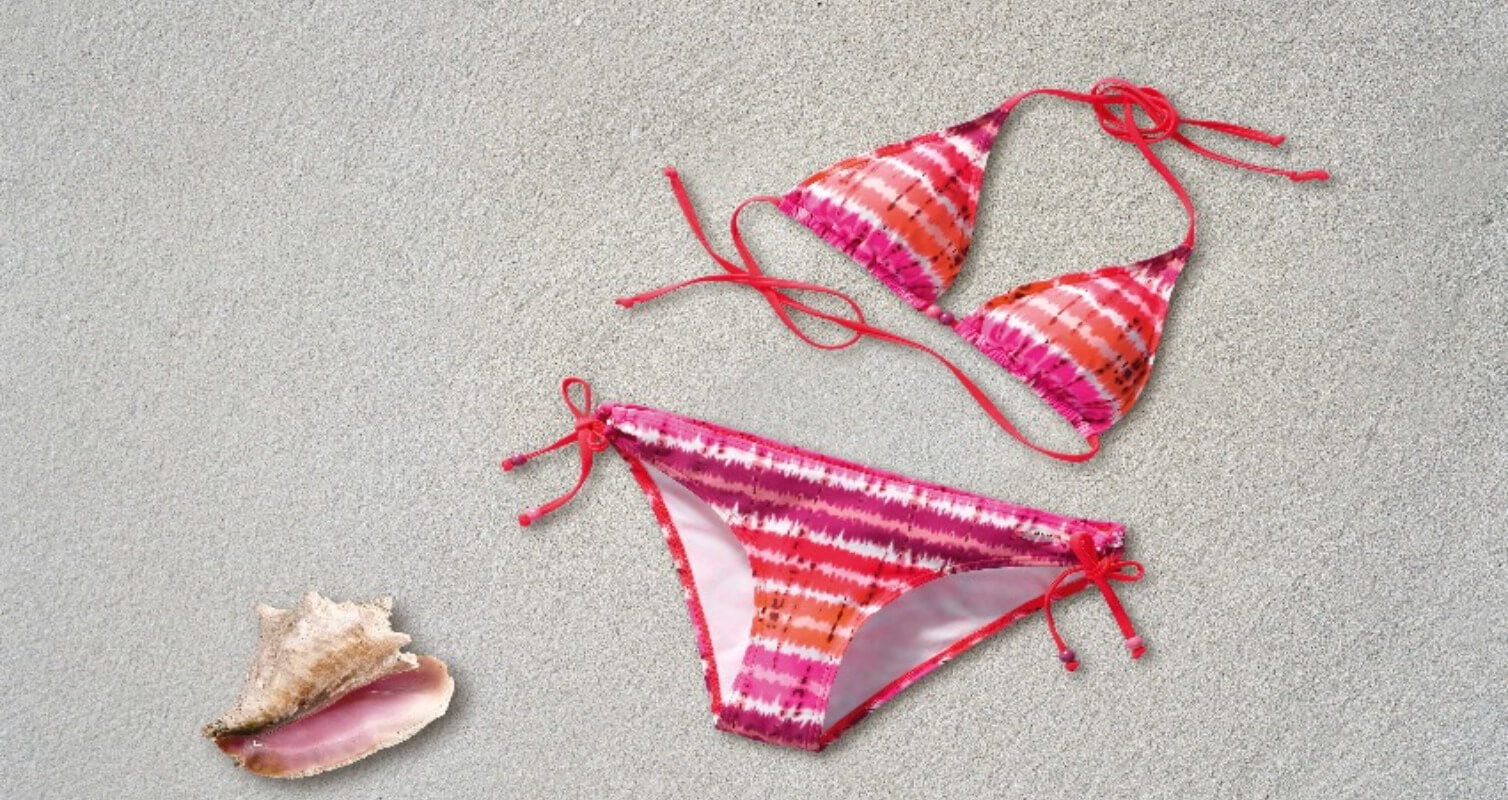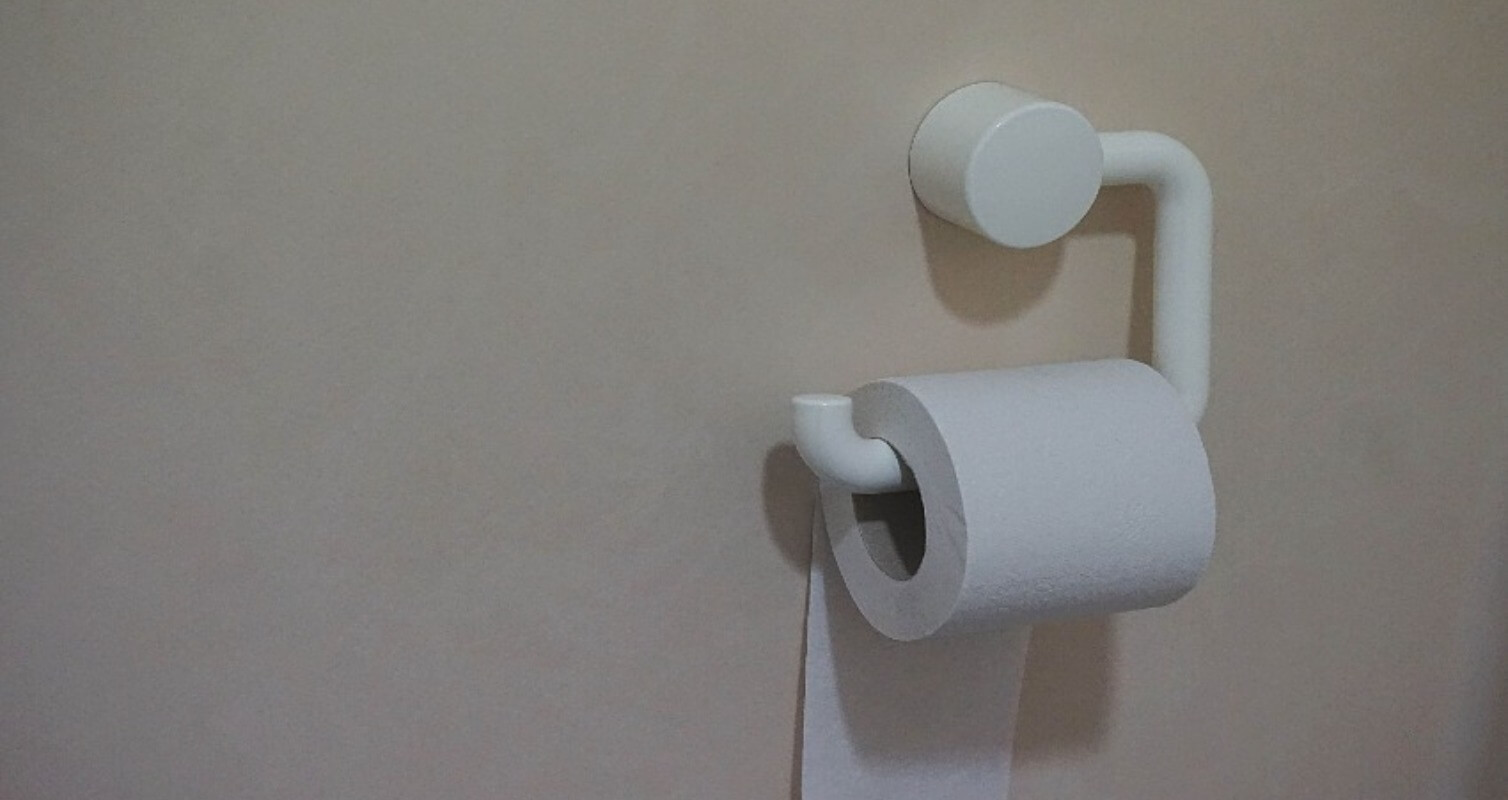Now you can get your favorite champagne from Moet Vending Machine!
History of Moët :
Moët et Chandon began as Moët et Cie (meaning “Moët & Co.”), established by Épernay wine trader Claude Moët in 1743, and began shipping his wine from Champagne to Paris. The reign of King Louis XV coincided with increased demand for sparkling wine. Soon after its foundation, and after son Claude-Louis joined Moët et Cie, the winery’s clientele included nobles and aristocrats.
Following the introduction of the concept of a vintage champagne in 1840, Moët marketed its first vintage in 1842. Their best-selling brand, Brut Imperial, was introduced in the 1860s. Their best known label, Dom Perignon, is named for the Benedictine monk remembered in legend as the “Father of Champagne”.
Moët & Chandon merged with Hennessy Cognac in 1971 and with Louis Vuitton in 1987 to become LVMH (Louis-Vuitton-Moët-Hennessy), the largest luxury group in the world. Moët & Chandon holds a royal warrant as supplier of champagne to Queen Elizabeth II.
In 2006, Moët et Chandon Brut Impérial issued an extremely limited bottling of its champagne named “Be Fabulous”, a special release of its original bottle with decorative Swarovski crystals, marking the elegance of Moët et Chandon.
Fun facts about Champagne:
- There are about 49 million bubbles in a 7500ml bottle of Champagne.
- A standard-sized glass emits 30 bubbles every second.
- France has the largest Champagne market (of course). The French consume 162.5 million bottles every year, or about 52 percent of the entire world production of Champagne.
- When popped, a Champagne cork can reach a velocity of 24.8 miles per hour.
- The longest recorded cork flight was 177 feet and 9 inches.
- Marilyn Monroe famously took a bath in Champagne. More than 350 bottles were needed to fill up the tub.
- About 28,000 bottles of champagne are served at Wimbledon every year.
















